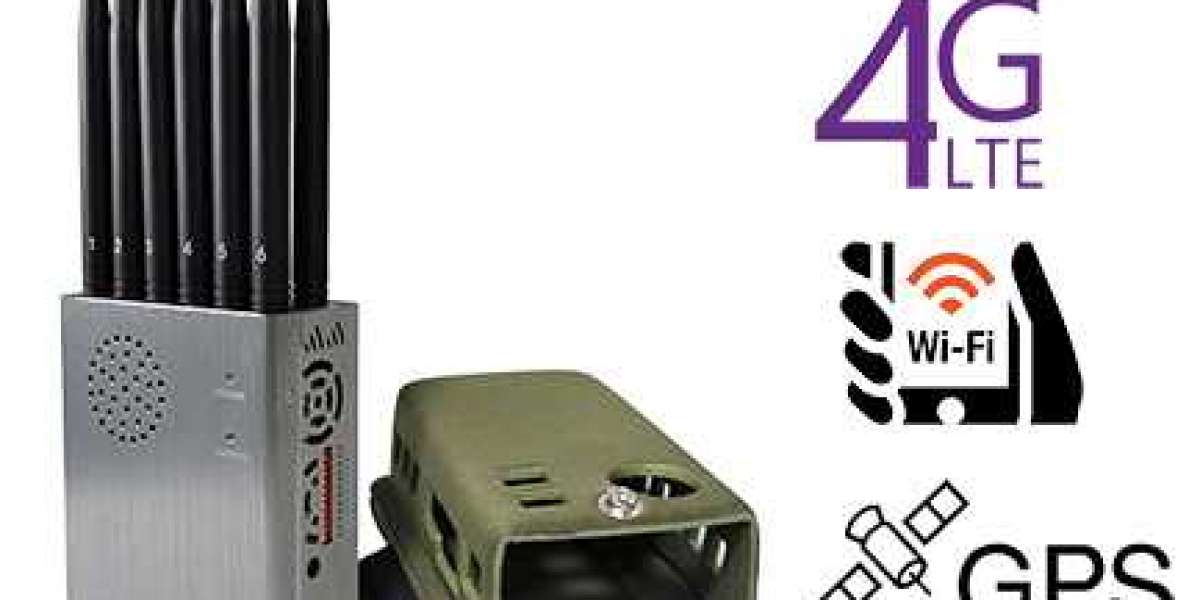A cell phone jammer is a small electronic device that blocks all incoming and outgoing cell calls in the area. It interferes with specific carrier frequencies and completely interferes with and prevents telephone communications. This suppresses mobile phones and avoids the danger of microwaves that can cause electronic interference and inappropriate audio interruptions in critical areas. Such devices are restricted by the laws of the United States and many other countries. Factors to consider when choosing a cell phone jammer product include performance specifications, structure, and antenna directivity.
As mobile phones became more commonplace, people began looking for better ways to manage unwanted signals. Mobile phones were at risk of annoying equipment and people in hospitals, schools, theaters and other places. Widespread use has made these confusions more common. To avoid problems in critical areas, organizations, businesses, and individuals have begun using mobile phone jamming technology. This allows us to completely block these calls.
The jammer transmits at a frequency and power similar to that of a mobile phone signal. This technically triggers a denial of service attack. Like the corresponding mobile phones, these gadgets operate on the bandwidth of the carrier, especially the bandwidth used by the local cell tower or station. Mobile phones typically use two different frequencies for conversation and listening, and are known as full-duplex devices. The mobile phone jammer unit can block both signals.
Basically, cell phone jammers confuse these radio frequencies. When the mobile phone compensates for the weakened signal, the power increases. You can do the same with jammers. Most mobile phone jammer products operate on one or more frequency groups. They sometimes switch automatically between them. You may need to investigate the local network standards on which your unit operates to select the best mobile phone jammer for your area.
Originally designed for military and police control of communications in the field, fraudulent cell phone jamming is legally considered property theft. This is because the rights to the radio spectrum were purchased personally. Arbitrarily blocking public signals can pose a safety issue. You may need to make an emergency or other important communication.
While seducing, perhaps in churches, classrooms, or public transport, illegal use of this technology can result in high fines and even imprisonment. Consider whether your needs are better met by using special building materials designed to block microwave radiation. Another solution might be to use a cell phone alarm that activates in the presence of a cell phone signal. They power the lights and issue warnings.
Devices come in a variety of shapes. They may look like a cell phone minus a keypad. Some look like wireless home network transceivers, or small boxes with multiple rubberized antennas. Others may travel in secret mode embedded in a briefcase. Unit specifications may vary depending on output, compatibility with communication system standards, and portability.
Besides the price, other points to consider, depending on the type of conditions you need to consider, include the structure and durability of the case. Whether you need to bring a small unit into your pocket or a large unit in your building, environmental factors can help you make your choice. Like phones, these devices consume different power. Not only the battery life, but also the relationship between uptime and standby time is taken into account.
The directivity of the antenna can make a difference. Some are suitable for covering a wide area, such as buildings, while others aim for more specific points. Antennas can radiate in many different field patterns, some with more null areas than others. The radius or range of motion should meet your needs without compromising other nearby areas. Also determine if you need compatible accessories such as adapters, chargers and power supplies.















